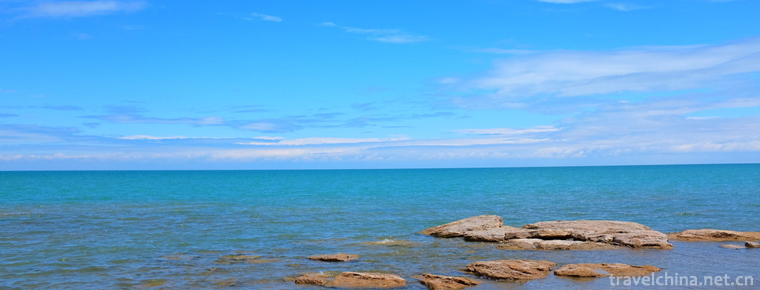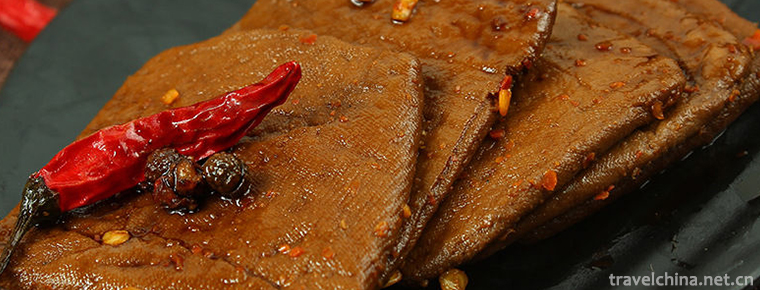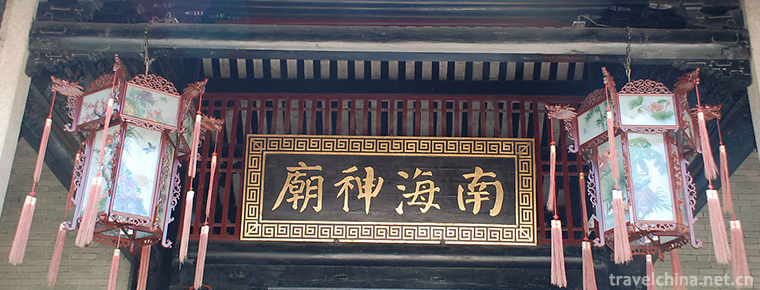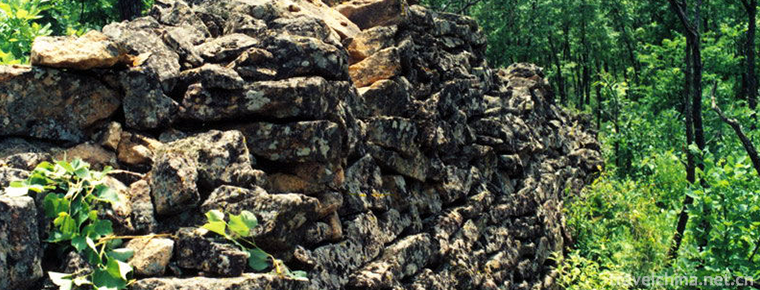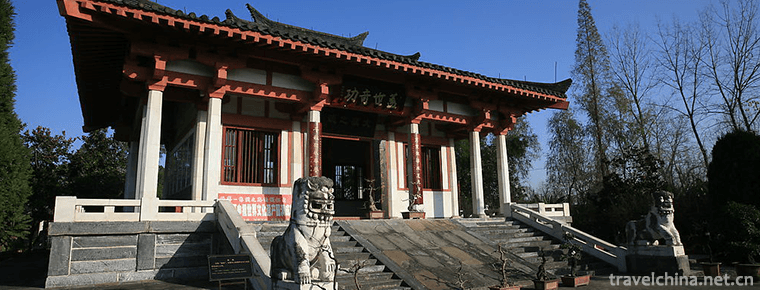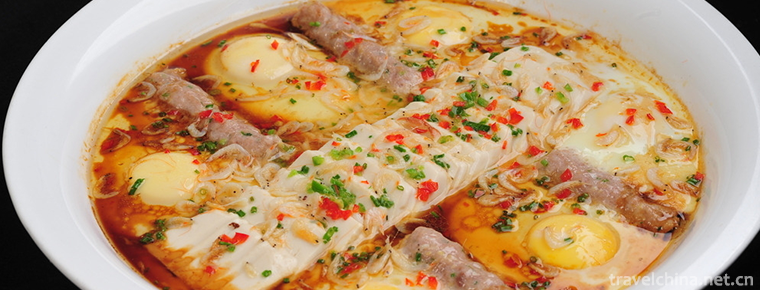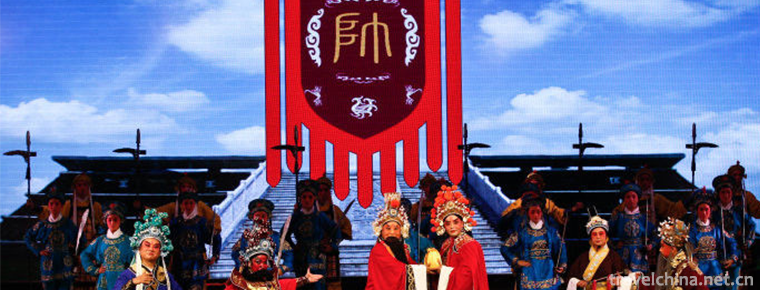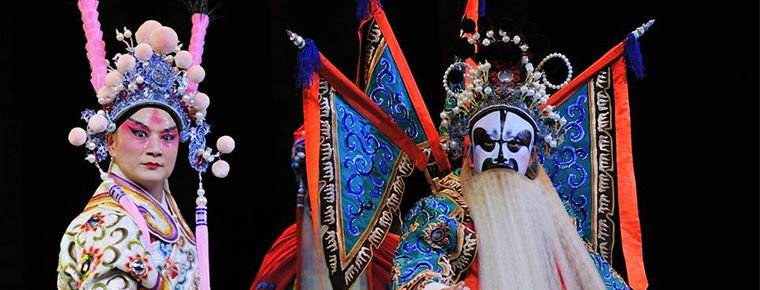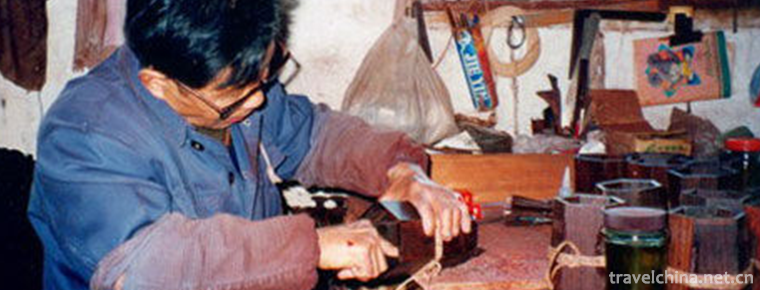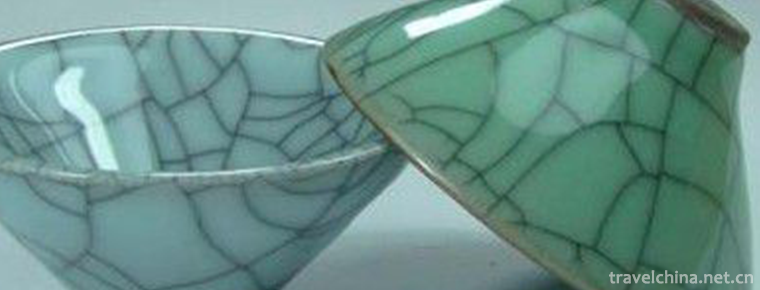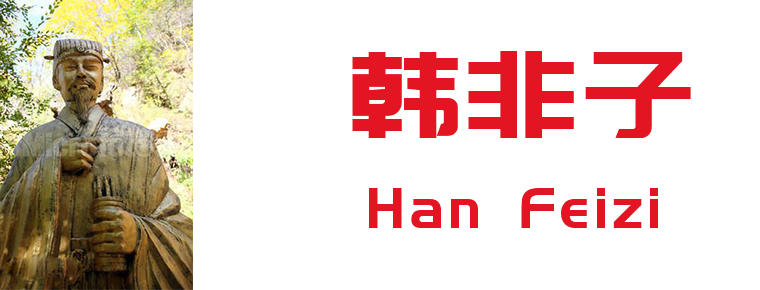Hequ folk songs
Hequ folk songs
Hequ folk song is a kind of traditional folk music. Shanxi's human geographical environment has formed the "Xikou" mode of life and production in which local people return to Daqingshan and Hetao in Inner Mongolia every spring and winter for short-term and long-term work. From this painful life of divorcing wife and son year after year, there naturally arises the folk song "Going to the West Pass", which sings about human suffering, thoughts, and expectations. The local people call it "Shanqu". The melody of Shanqu is composed of juxtaposition, echo and contrast, which contains rich aesthetic meanings. It is also of typical significance in reflecting the development history of Chinese folk songs and the living conditions of Chinese civil society.
On May 20, 2006, "Hequ Folk Song" declared by Hequ County of Shanxi Province was listed in the first batch of national intangible cultural heritage list with the approval of the State Council.
historical origin
Hequ folk songs are popular in Hequ County and northwest Shanxi, radiating the border areas of Shanxi, Shanxi and Mongolia provinces (regions). Hequ is located in the northwest of Shanxi Province, with the eastern boundary of Pianguan and Wuzhai, the southern boundary of Dalan and Baode, and the western and northern boundary of the Yellow River adjacent to Shaanxi and Inner Mongolia respectively. It is a special area of "one chicken and three provinces". Located in the bend of the Yellow River, the river meander was historically blocked by traffic, barren land, uncertain droughts and floods, and people suffered serious disasters. This special cultural and geographical environment has formed the way of life and production of local people who go to Daqingshan and Hetao in Inner Mongolia every spring and winter to do short-term and long-term work. From this painful life of divorcing wife and son year after year, there naturally arises the folk song of "going to the West Pass" which sings about human suffering, thoughts and expectations. The local people call it "Shanqu".
Shanqu belongs to the genre of folk songs. It has not yet been determined when it was formed, but the "Er Er Tai" formed on the basis of Shanqu has a history of about 200 years according to textual research. There is a record in the local chronicles of the Ming Dynasty river song "household chord song new governing score, children and old women singing as much as possible", which shows the long tradition of its singing. Hequ County has always been based on farming. Nine years of drought, famine and traffic congestion have gradually formed a special geographical environment for the growth and inheritance of traditional folk culture. Thus nurtured and gave birth to a unique style of Hequ folk songs, which is a precious artistic variety. It has gone through thousands of years of history of singing and gestation period, singing for a long time.
artistic characteristics
Hequ folk song is rich in content, covering all aspects of social life, it "see what to sing, think what to sing", to show the local folk customs. It uses such techniques as comparison, repetition, parallelism, overlap, symmetry, pun and exaggeration to express the joys and sorrows of life. The melody is simple, graceful, the interval jump is big, the tone is high and broad, the rhythm is relatively free, the colloquial decorative sound is more, has the distinct folk song flavor.
The lyrics of Shanqu are profound and rich in melody. In the winter of 1953, the National Music Research Institute of the Central Conservatory of Music (now the Music Research Institute of the Chinese Academy of Arts) first went to collect folk songs. In just three months, it recorded more than 1,500 lyrics and more than 150 melodies, including "Three days'journey, two days' arrival", "People are away", "Cutting naked oats", "Raising Brother to the West Pass", "True Soul Following You" Around","Brother in the East Sister in the West, Tianhe separated from the two ends"and so on are excellent handed down from generation to generation.
In terms of the structure of Ci and Song, they adopt the form of upper and lower sentences, which arouse the interest of the upper sentences and the expression of the lower sentences, often revealing a deep emotional state or depicting a lifelike picture of life, such as "mountains and waters are in the rock, people are not in you", "hear your brother sing, warm up on the cold windowsill" and so on are typical examples. The melody of Shanqu is composed of juxtaposition, echo and contrast, which contains rich aesthetic meanings. It is also of typical significance in reflecting the development history of folk songs and the living conditions of civil society.
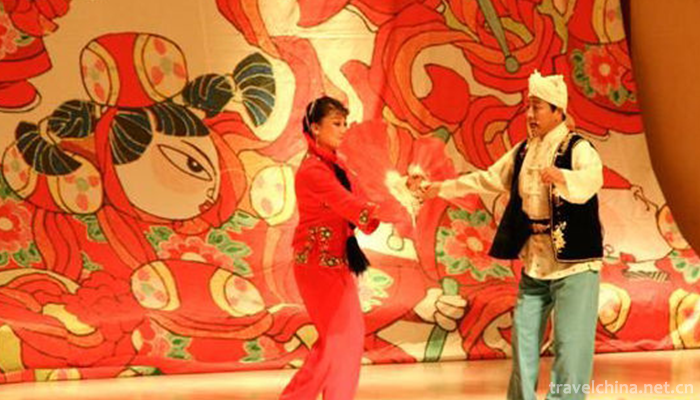
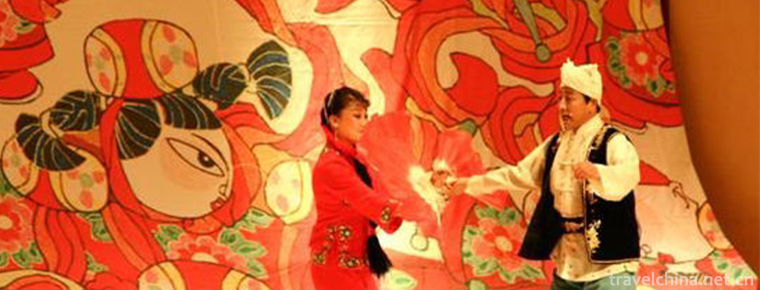
Hequ folk songs
-
Qinghai Lake
In Qinghai Lake, the Tibetan language is called "the weming cloth"
Views: 272 Time 2018-10-23 -
Five city tea driedWucheng Dried Tea
Wucheng Dried Tea, a specialty of Xiuning County, Anhui Province, is a national geographical indication product.
Views: 134 Time 2018-11-27 -
Heilongjiang Science and Technology Museum
Heilongjiang Science and Technology Museum is located in Sun Island Science and Technology Park of Harbin City, which is a ship-shaped building sailing
Views: 302 Time 2018-12-08 -
Nanhai Temple
Nanhai Temple, also known as the Polo Temple, is a place where ancient Chinese laborers worship the sea. Located in Miaotou Village, Huangpu District, Guangzhou
Views: 225 Time 2018-12-31 -
Mudan River Side Wall
The Mudanjiang Side Wall was built in the Tang Dynasty, presumably at the junction of Mudanjiang City in Heilongjiang Province and the northeast of Hailin County.
Views: 308 Time 2019-02-07 -
Tomb of Zhang Qian
Zhang Qian's tomb was the tomb of Zhang Qian, an outstanding diplomat, explorer and pioneer of the Silk Road in the Western Han Dynasty. In the third year of Emperor Yuanding of Han Dynasty (114 years
Views: 260 Time 2019-03-16 -
Bagongshan bean curd
Bagongshan Tofu, also known as Four Seasons Tofu, is a local traditional snack in Huainan City, Anhui Province. Bagongshan tofu is crystal clear, white like jade board, tender like congealed fat, deli
Views: 171 Time 2019-03-27 -
Han tune
The mast of Hanzhong Diaoqu, a local traditional drama in Hanzhong City, Shaanxi Province, is one of the national intangible cultural heritages.
Views: 191 Time 2019-05-02 -
Anhui Opera
Hui Opera, one of the local operas in Anhui Province of China, originally known as "Hui Diao" and "Erhuang Diao", originated in the Ming Dynasty and was named Hui Opera after 1949.
Views: 215 Time 2019-05-04 -
Production Techniques of National Musical Instruments
The production of national musical instruments in Suzhou is one of the local traditional handicraft techniques in Jiangsu Province. With a long history, a wide range of varieties, exquisite skills and
Views: 453 Time 2019-06-05 -
Firing Techniques of Wuzhou Kiln Ceramics
The traditional firing technique of Wuzhou kiln is a local traditional handicraft technique in Zhejiang Province. Wuzhou kiln is located in Tiedian Village, Langya Township, Jinhua City. Jinhua was na
Views: 132 Time 2019-06-30 -
Han Feizi
Han Feizi is a collection of works of famous thinkers and Legalists Han Fei during the Warring States period. Han Feizi was compiled by posterity after Han Fei's death. According to hanshuyiwenzhi &qu
Views: 104 Time 2019-09-07
